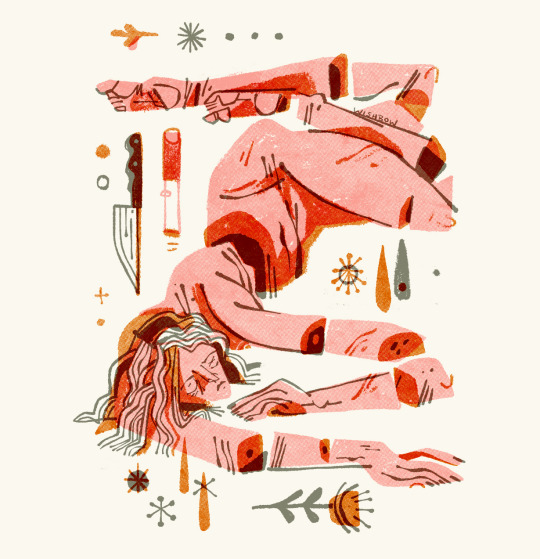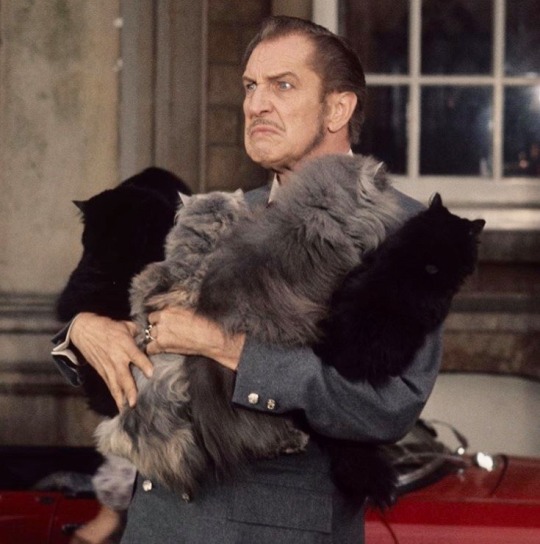Photo

It is time my children…
Over the Garden Wall
37K notes
·
View notes
Text
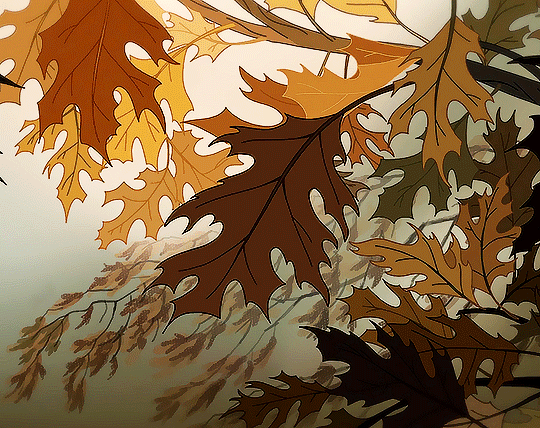
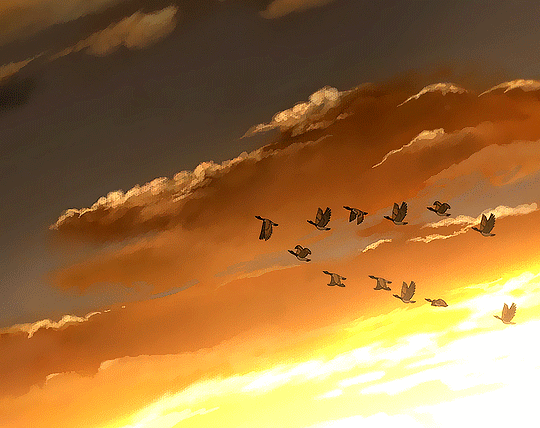
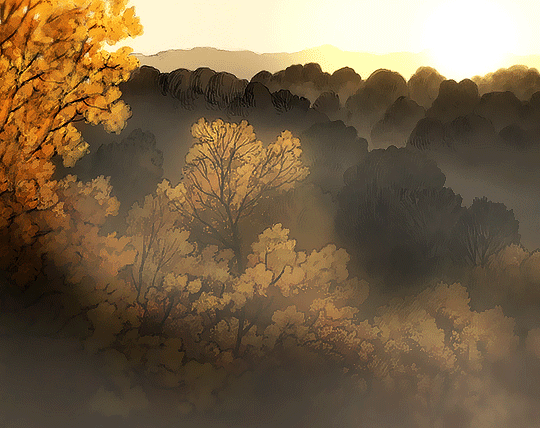

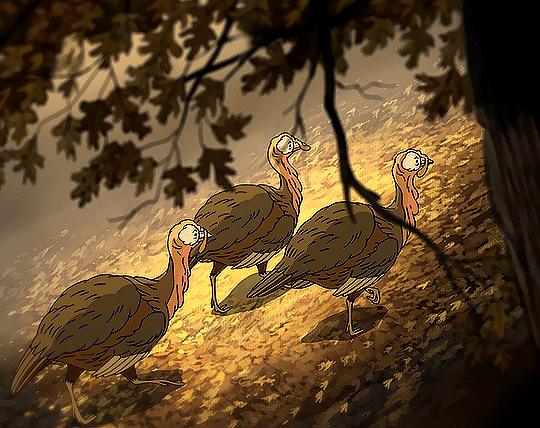
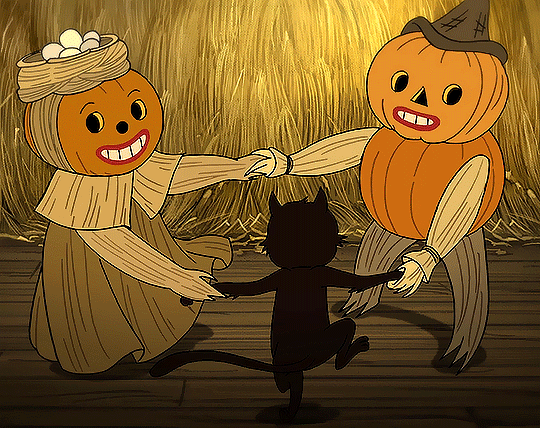
"Life starts all over again when it gets crisp in the fall."
32K notes
·
View notes
Photo

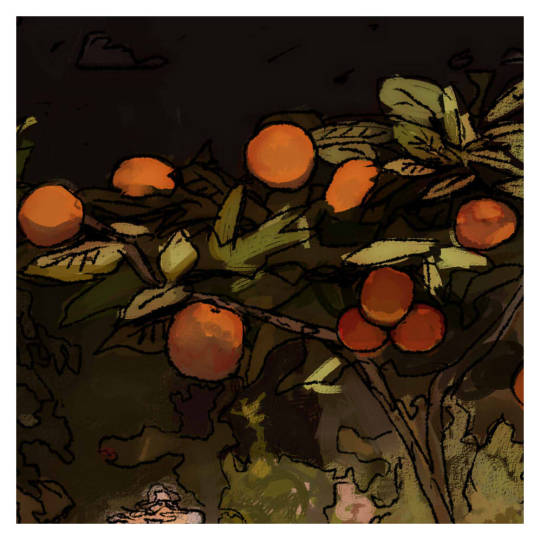
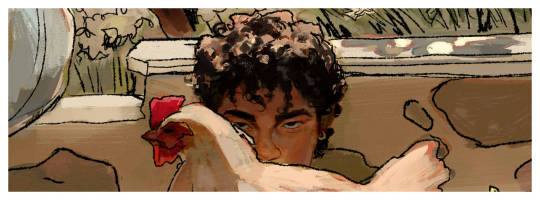

The countryside (2020)
A piece I’ve recently abandoned after months of working on it.
35K notes
·
View notes
Text
Short stories that live in my head rent free and make me go a little crazy:
The Yellow Wallpaper by Charlotte Perkins Gilman (horror)
Lamb to The Slaughter by Roald Dahl (horror)
We Ate The Children Last by Yann Martel (satire/horror)
The Empty Prison by Matt Dymerski (horror)
The October Game by Ray Bradbury (horror)
I Have No Mouth, And I Must Scream by Harlan Ellison (horror/sci-fi)
A Good Man Is Hard To Find by Flannery O'Connor (horror)
The Last Question by Isaac Asimov (sci-fi)
8K notes
·
View notes
Text
good evening. today's short story reads, courtesy of strange horizons <3
warm beds (translation) by mónica bustos (camas calientes original), tr. analía villagra
bonesoup by eugenia triantafyllou
thinking abt the ending of the last one like oh shit i couldn't tell you exactly what's going on but oh shit okay i am picking up on vibes. and the prose of the first one is sooo gorgeous in translation i want to read the original so badly
51 notes
·
View notes
Text

'Queen in the Fields at Dusk With Wolf' 2022 - Digital
Yorgos Cotronis (ravenkult)
128 notes
·
View notes
Text
A Horror Beat Sheet
There are no hard-and-fast rules in writing fiction. There are, however, some established patterns and expectations, and once you know them, you’ll be able to work within those patterns and deviate from the path as you see fit.
What is a Beat Sheet?
Popularized by Blake Snyder’s book Save The Cat, beat sheets are an outlining method often used for screenwriting that some authors have started to use for books as well. Basically, a beat sheet lays out the story ‘beats’ or necessary plot points that make up the essential story structure. The Hero’s Journey is, essentially, a beat sheet. You can see more beat sheet information here: https://timstout.wordpress.com/story-structure/blake-snyders-beat-sheet/
Horror has a slightly different structure than other stories, and for that reason I don’t think a classic beat sheet works quite right for it. So with that in mind, here is my somewhat adapted version, drawn from my studies of horror media. Various beats can be reorganized somewhat, and will vary a bit depending on sub-genre and other considerations. But if you need help in establishing a horror plot…this beat sheet should help guide the way.
Horror Story Beat Sheet
Act One (The Setup):
1 - The World is Not What it Seems
(The reader catches an early glimpse of the monster, or a hint that the monster exists. This is optional, and may occur right away – often as a prologue – or after the main characters have been introduced.)
2 - Putting the Players in Action
(You introduce the important characters and the primary internal conflict)
3 - Setting them on the Path
(The characters make a choice that inadvertently isolates them or places them on a collision course with the monster)
4 - The Warning
(The characters are given an opportunity to turn back, but choose not to; could occur before or after The First Contact With The Monster.)
5 - The First Contact with the Monster
(The characters have their initial contact with the monster, but are unaware of the true threat it poses.)
Act Two (The Turn):
6 - Shit Gets Real
(May be the first death or when seriously spooky activity begins; regardless, this is when the danger becomes evident and unavoidable)
7 - The Chase
(The monster pursues the characters, who lack the skills to fight it; one or more people may die here)
8 - Failed Confrontation
(The main character attempts to destroy the monster, but does not yet possess the ability to do so)
9 - The Darkest Hour
(Hope appears lost. Perhaps someone very important has died, or the hero has tried everything they can think of. The link between the internal conflict and monster may become clear to the character here)
Act Three (The Prestige):
10 - A Different Solution
(The hero gains new information on how to defeat the monster. This may be delivered by someone they seek out for help, or may come through soul searching and observation.)
11 - Seeking Out the Beast
(For the first time, the hero approaches the monster, rather than fleeing it. They intend to enact their solution)
12 - The True Cost is Revealed
(In the process of confronting the monster, the hero realizes that to overcome it, the internal conflict must be encountered and defeated. That is the hidden cost; the hero will be irrevocably changed)
13 - Sacrifices Are Made (or not)
(Faced with the ultimate choice, the hero either succeeds in defeating their internal conflict and winning against the monster, or fails and ultimately succumbs to their weakness)
14 - The Inevitable Fall Out
(Show the consequences of whichever choice is made)
15 - Evil Cannot Be Conquered, Only Delayed
(If the hero failed #13, show the monster relishing its victory in a changed world. If the hero succeeded, show a hint that the monster may yet return. )
—-
I think you will find that if you compare many, many, many horror stories against this beat sheet, you will see versions of this structure/pattern. I encourage you to try it. I’ll post some plot studies of my own to show you later.
There is no single “right” way to write a story, and I certainly don’t think you must follow this structure in order to be successful. But I can guarantee you that following this structure will give you the framework necessary for a complete and emotionally satisfying horror story.
Caveat: this beat sheet is meant for long-form stories such as novels and films. Short stories follow a very different structure. We can talk about that in a later chapter.
If you like this type of content and would like to see more, please consider leaving a tip in my Tip Jar!
1K notes
·
View notes
Photo



Hu Sheguang
#horror#fashion#photography#macabre#dark#grotesque#witch#clothes#folk#fokloric#pagan#wicca#terror#terrorcore
85 notes
·
View notes
Text
A Horror Beat Sheet
There are no hard-and-fast rules in writing fiction. There are, however, some established patterns and expectations, and once you know them, you’ll be able to work within those patterns and deviate from the path as you see fit.
What is a Beat Sheet?
Popularized by Blake Snyder’s book Save The Cat, beat sheets are an outlining method often used for screenwriting that some authors have started to use for books as well. Basically, a beat sheet lays out the story ‘beats’ or necessary plot points that make up the essential story structure. The Hero’s Journey is, essentially, a beat sheet. You can see more beat sheet information here: https://timstout.wordpress.com/story-structure/blake-snyders-beat-sheet/
Horror has a slightly different structure than other stories, and for that reason I don’t think a classic beat sheet works quite right for it. So with that in mind, here is my somewhat adapted version, drawn from my studies of horror media. Various beats can be reorganized somewhat, and will vary a bit depending on sub-genre and other considerations. But if you need help in establishing a horror plot…this beat sheet should help guide the way.
Horror Story Beat Sheet
Act One (The Setup):
1 - The World is Not What it Seems
(The reader catches an early glimpse of the monster, or a hint that the monster exists. This is optional, and may occur right away – often as a prologue – or after the main characters have been introduced.)
2 - Putting the Players in Action
(You introduce the important characters and the primary internal conflict)
3 - Setting them on the Path
(The characters make a choice that inadvertently isolates them or places them on a collision course with the monster)
4 - The Warning
(The characters are given an opportunity to turn back, but choose not to; could occur before or after The First Contact With The Monster.)
5 - The First Contact with the Monster
(The characters have their initial contact with the monster, but are unaware of the true threat it poses.)
Act Two (The Turn):
6 - Shit Gets Real
(May be the first death or when seriously spooky activity begins; regardless, this is when the danger becomes evident and unavoidable)
7 - The Chase
(The monster pursues the characters, who lack the skills to fight it; one or more people may die here)
8 - Failed Confrontation
(The main character attempts to destroy the monster, but does not yet possess the ability to do so)
9 - The Darkest Hour
(Hope appears lost. Perhaps someone very important has died, or the hero has tried everything they can think of. The link between the internal conflict and monster may become clear to the character here)
Act Three (The Prestige):
10 - A Different Solution
(The hero gains new information on how to defeat the monster. This may be delivered by someone they seek out for help, or may come through soul searching and observation.)
11 - Seeking Out the Beast
(For the first time, the hero approaches the monster, rather than fleeing it. They intend to enact their solution)
12 - The True Cost is Revealed
(In the process of confronting the monster, the hero realizes that to overcome it, the internal conflict must be encountered and defeated. That is the hidden cost; the hero will be irrevocably changed)
13 - Sacrifices Are Made (or not)
(Faced with the ultimate choice, the hero either succeeds in defeating their internal conflict and winning against the monster, or fails and ultimately succumbs to their weakness)
14 - The Inevitable Fall Out
(Show the consequences of whichever choice is made)
15 - Evil Cannot Be Conquered, Only Delayed
(If the hero failed #13, show the monster relishing its victory in a changed world. If the hero succeeded, show a hint that the monster may yet return. )
—-
I think you will find that if you compare many, many, many horror stories against this beat sheet, you will see versions of this structure/pattern. I encourage you to try it. I’ll post some plot studies of my own to show you later.
There is no single “right” way to write a story, and I certainly don’t think you must follow this structure in order to be successful. But I can guarantee you that following this structure will give you the framework necessary for a complete and emotionally satisfying horror story.
Caveat: this beat sheet is meant for long-form stories such as novels and films. Short stories follow a very different structure. We can talk about that in a later chapter.
If you like this type of content and would like to see more, please consider leaving a tip in my Tip Jar!
1K notes
·
View notes
Text
Watch "Savage Daughter" on YouTube
youtube
This song has destroyed me....I am awe of the talent 😻
14 notes
·
View notes
Text
Over the Garden Wall Analysis: The Beast

So I’m planning to post a few of these. I’ve gone through and watched the miniseries several times now and me and my friends have been talking about pretty frequently in the past month or so. We have a lot of ideas of symbolism and what do certain aspects of the shows represent.
This one in particular however I have to give credit to my friend Sydney because it took her one watch to crack this baby open. I hadn’t even thought of it and I haven’t seen one person to take this conclusion away even after multiple re-watches. Looking back on it though, it seems fairly obvious.
It has to do with the beast and the idea of just what the heck is it?
The most common fan interpretation going around is that the beast resembles the devil, or something along those lines. A monster that feeds on dying souls. However, as a few of my friends pointed out, that interpretation doesn’t really make much sense.
If The Unknown is the Afterlife, then how would dying be of any real concern? Are you double dead at that point? Does your soul cease to exist? Double Dying is not a particularly novel idea and it does provide stakes to a story, but why does the Beast feed indiscriminately on children? And how does the Woodsman’s daughter come back at the end. There are some missing elements.
However, when we start to consider other elements of the show, the beast’s true identity becomes clear.
First things first, let’s take a look at an element nobody seems to be able to make sense of. That being the turtles.

The Black Turtles are all over this show and most people who’ve tried to interpret them can’t really say that they are much more than a motif. But we know that isn’t true considering what they do to Beatrice’s Dog.

Beatrice’s Dog, smelling the candy Greg put on a turtle, eats it and then becomes a hideous monster with glowing eyes, hellbent on chasing the boys and devouring the entirety of Greg’s candy. The monster it becomes is terrifying and comes pretty close to ripping Greg and Wirt to shreds. So we know without a doubt the turtles have some kind of evil magic.

Without the turtle, Beatrice’s dog is just a sweet puppy who even helps get Greg out of the river. The turtles make him malicious, and interestingly enough, obsessed with a thing he did when he ate the turtle in the first place. Getting all of Greg’s candy is all it cares about, to the point it jumps off of a house.
The next time we see the Turtles is in The Ringing of the Bell, when Greg and Wirt encounter bunches of them kept in barrels. This is where people get confused about the turtles because we see Auntie Whispers eat them but without going through any kind of transformation. We assume Auntie Whispers initially is evil but later discover she’s a kind old woman just trying to protect Lorna, and she even warns the boys about Adelaide. However there is one character in the show who is corrupted by evil.
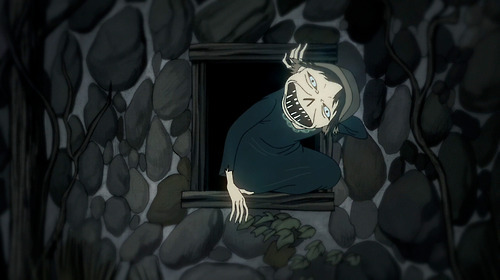
We don’t know if Lorna ate a turtle or not, but it is interesting she’s another good person turned crazy after being in close proximity to them. I’m going to say she didn’t eat them though, as when Wirt commands the spirit to leave, Lorna isn’t coughing up any black turtles. Auntie Wither’s also mentions it’s Greg and Wirt’s influence that has made her wicked again. But what does Lorna affectionately refer to them as? Her turtles. They are a corrupting force just like the turtles, something Lorna would know, and they corrupt her in the same way the turtles corrupt Beatrice’s Dog. Why then does Auntie Whisper’s have all these turtles? Well, we know Auntie Whisper’s is a good woman, if a bit strange looking, and also has magical abilities. Perhaps she’s eating the turtles as a way of disposing of them to keep them from hurting other people, and over the years it’s taken its toll on her physical appearance.
Either way, this is sort of where we begin to see how evil corrupts souls in The Unknown. Unlike Beatrice’s Dog, the spirit possessing Lorna is a lot more conniving of an evil monster. It uses her voice to speak to Greg and Wirt to try and convince them to let her eat them. It’s a bit more plotting.
So now let’s look at the beast. A strange monster running around in the woods lying and manipulating people into keeping its lantern lit. However, interestingly enough, we have no idea how long the Beast has been around. It could be generations, or it could be a few months. We have no idea. The woodsman and the tavern people let us know what the Beast does, but it could be the Beast has only been doing it for a few weeks. The warning would be the same either way.
Let’s say a person, or rather a child, curiously wandered out into the woods and got lost in the dark. Frightened, they ran out of oil for the lamp, and were caught wandering blindly through the forest. Now let’s say that person somehow wound up eating a turtle, or maybe, considering their oily appearance, tried to use the turtle as lantern fuel.
Of course that’s just a theory, but the give away that the Beast has eaten a turtle comes when Wirt proposes that the Lantern actually contains the Beast’s soul. The Beast immediately evaporates all the light around him, and Wirt frightened, looks into the dark, but then notices the Beast’s eyes.

They’re the same beautiful eyes of Beatrice’s Dog when it ate a turtle and became a monster. Wirt then get’s a look on his face as if he understands something, and he realizes the Beast has no power, and that he can just take Greg and go.
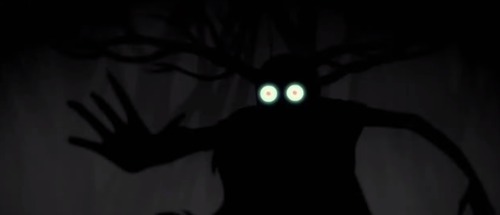
So if this was the case, then who was the Beast before it ate the turtle? From it’s appearance, it looks distinctly like a tree from the forest. But what I always notice is the Beast’s cape that he wears almost like a shawl. The Beast also has an interesting connection with the Woodsman too. Since the Woodsman carries the Beast’s lantern. But the Beast knows interesting details about the Woodsman’s life, like the fact the Woodsman strayed from his cabin because he couldn’t stand coming home to find it empty. The Woodsman in turn seems to be the person in the wood to know the most about the Beast having wrestled the lantern away from it. They both share a motif connection with tree’s as the Woodsman chops them down for Lumber, and the Beast creates the trees out of souls.
Who then is the Beast?

The Beast is not lying when it says the soul of the Woodsman’s daughter is in the lantern, because the Beast is the woodsman’s daughter. The black shawl, the connection with trees, the fact that in the series opener, it is spring and she’s looking curiously off into the woods, as if wondering what exists out there.
When the Woodsman blows out the lantern once and for all, the next time we see him he is home at his cabin, not going inside because we know he can’t stand to see it empty, and who should come out to greet him but his daughter.

She’s even carrying a candle to symbolize the lantern. We don’t see any of the other people the Beast turned into tree’s reappear, so why then does the daughter survive. Because she was the beast.
In the very next cut too, we see the fish in the rowboat from episode 8, which we know was in the same area as the Beast since by that pond is where Wirt begins to turn into an Edelwood tree. And what is the fish pulling out of the pond?

A black turtle. Presumably the one the Woodsman’s daughter ate.
My theory then is this, the Woodsman’s daughter wandered out into the woods, got lost in the dark and had her lantern go out. She tried to use a turtle as fuel and as a result, became the Beast.
TL;DR: The Beast is the woodsman daughter because she ate/used a turtle as lantern fuel.
15K notes
·
View notes
Photo

Halloween reunion
by Angela Deane
#ghost#Halloween#haunting#painting#pagan#wicca#spooky#art#sketch#drawing#scary#souls#dark#haunted#melancholy#magic#witches
118 notes
·
View notes
Photo

14 notes
·
View notes

